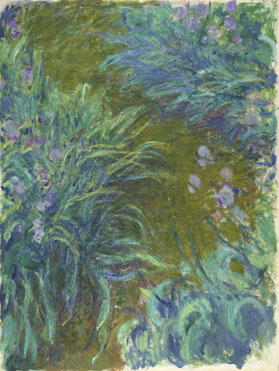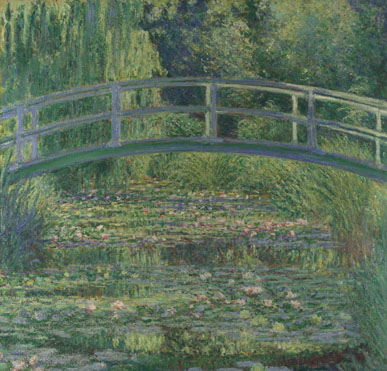Buddhists have been practicing mindfulness for more than 2,000 years. Matthieu Ricard, the happiest man in the world (measured in a laboratory!) is a Buddhist monk. For some reason, I’d never visited a Buddhist centre, so I decided to rectify this last week and paid a visit to the London Buddhist Centre in Bethnal Green.
The LBC run drop-in lunchtime classes (donation only) Monday-Saturday. I took the newcomers class with Subhadramati, a Buddhist Order Member who has been practising meditation for more than 25 years. We were led to a shrine room, a quiet room with a beautiful gold statue of the Buddha in a seated meditation pose.
Subhadramati began the class with a five minute introductory mindfulness practice. We sat cross-legged on chairs or cushions, and Subhadramati invited us to become aware of our posture, the weight of our bodies, and the contact of our limbs and feet with the floor. We then brought our attention to our breath, noticing the flow of air in and out of the body. It always amazes me that such a simple practice can be so effective in just a couple of minutes: as my breath became deeper and my body remained still in a seated pose, I felt a sense of calm and focus that can be really hard to locate when I’m travelling around central London!
We then progressed onto the formal Buddhist practice of mindfulness of breathing. Mindfulness of breathing has four progressive stages:
1. In the first stage you use counting to stay focused on the breath. After the out-breath you count one, then you breathe in and out and count two, and so on up to ten, and then you start again at one.
2. In the second stage you subtly shift where you breathe, counting before the in-breath, anticipating the breath that is coming, but still counting from one to ten, and then starting again at one.
3. In the third stage you drop the counting and just watch the breath as it comes in and goes out.
4. In the final stage the focus of concentration narrows and sharpens, so you pay attention to the subtle sensation on the tip of the nose where the breath first enters and last leaves the body.
We spent around five minutes on each stage, punctuated by the sound of a Tibetan bell at each interval. What I particularly loved about this practice is that it is very easy to relax into: there are no complicated breath techniques, it is just a case of observing what is happening in the body, and watching the flow of the breath. Also the four different stages provide a point of focus, which prevents the mind from wandering…which is something that I’ve definitely experienced with other practices!
At the end of the practice, Subhadramati explained that mindfulness of breathing is one of the two main Buddhist practices. The other is ‘loving kindness’, which is designed to help the practitioner develop a more compassionate attitude towards themselves and others. At the LBC lunchtime sessions they practice mindfulness and loving kindness on alternate days throughout the week.
Would I recommend mindfulness of breathing at the LBC? Absolutely. I’m hoping to try out the loving kindness practice soon!





